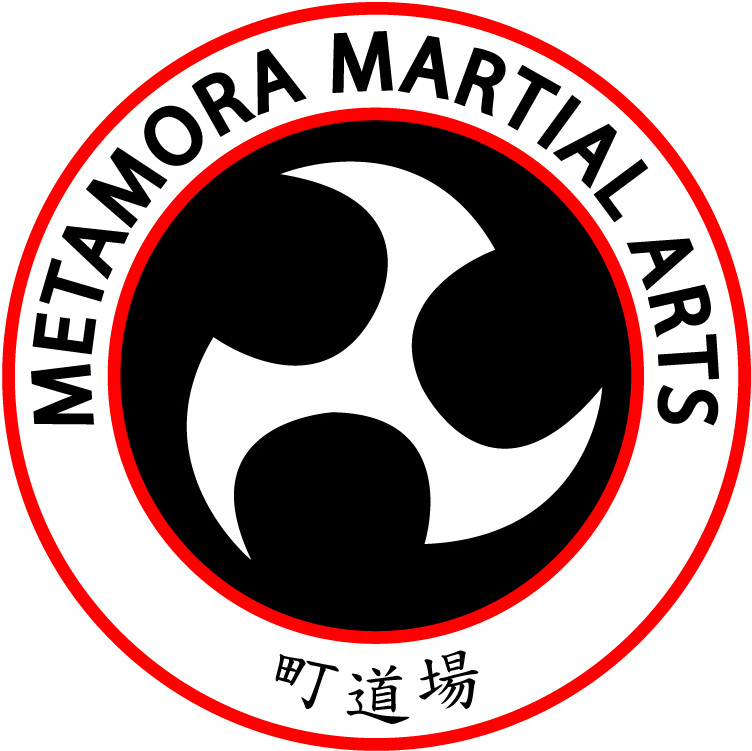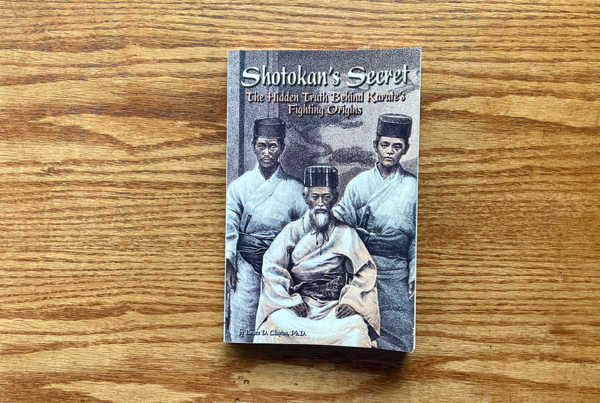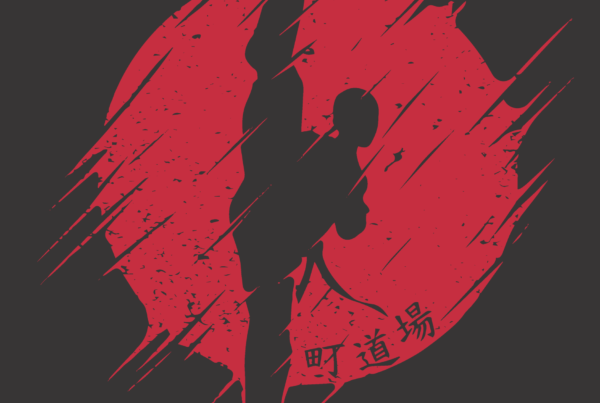If you’re looking at signing your child or yourself up for karate classes, that’s great!
I’m excited that you’ve come to this step in your journey.
Now, you might be asking yourself, “How much do karate classes cost?”
There is usually a cost associated with the karate class.
But, as you’ll see, several factors impact that cost.
In this post, we’ll take a look at the four most common karate costs.
Then, we’ll show you other costs you may not have considered.
The 4 Most Common Karate Expenses
Karate programs are all set up a bit differently.
They might be…
- An after-school program,
- Partnered with and located at the local parks and rec facility or a gym,
- A karate franchise program, or
- An independently owned and operated school.
Regardless of how the karate program is set up, the four most common expenses associated with karate are discussed below.
1. Tuition
Karate tuition varies greatly.
But here is what you should consider when evaluating the cost of karate.
Credentialed Instructors Can Charge More…
First, check your instructor’s credentials.
He or she may have received endorsement from one or more martial arts organizations.
But that endorsement may also have a cost to the instructor or the program.
That instructor may pay membership fees to belong to an organization, and the tuition may be structured to help the instructor cover those expenses.
Beyond martial arts organizations, an instructor may also be required by the facility in which they teach or their insurance program to hold a valid first aid, AED, and/or CPR certification.
… So Can Experienced Instructors
A longtime karate instructor of 40 years, for example, can and will likely charge more for their classes than someone who is just starting.
Experience is valuable.
Compare Tuition To Other Classes In The Same Facility
Tuition may also be set in comparison to other classes in a shared facility.
For example, Metamora Martial Arts teaches in a local park district building that offers other fitness classes like Pi-Yo and Zumba.
Many classes are set at the same price.
If the classes you’re looking at are in the same building as other similar types of classes, those classes may be the same rate.
Tuition May Be Discounted For Longer Memberships
I love going to Costco.
When I buy in bulk, I pay more up front, but I realize the deal is usually better to buy four items at once that will last me a month than to buy one item every week.
Karate classes are the same way.
Often, you’ll have multiple payment options.
You can pay month to month.
You can also likely buy longer periods, such as 3, 6, or 12 months.
Most martial arts programs discount your rate the longer you sign up—in this example, your monthly rate might be lower if you commit to 12 months than it would be if you paid every month.
Many schools use contracts to enforce the commitment, so check with the school you’re looking at and your appetite for signing a contract.
Regardless of how your program charges, tuition is one of the most common expenses for karate.
2. Uniform & Belt
In addition to tuition, most karate programs require students to wear a uniform and belt.
Many schools entice students (and parents) by offering a free uniform with a paid trial period, so the cost here is typically minimal.
If not, uniforms typically cost around $40-50 on top of tuition.
Additional uniforms—such as competition team uniforms or specialized uniforms for judo, for example—and belts may require additional purchases.
3. Belt Promotions & Testings
Speaking of belts, another common cost associated with karate is belt promotions.
Schools may host belt promotions at a different location than their dojo.
That’s because invites are often extended to family members, friends, or special guests.
Sometimes, it costs the school extra to host a test in a separate venue.
Besides the event space, belt promotion fees often include the new belt itself, as well as the printing of a unique certificate.
Check with your school to see what their typical belt testing process and fees look like.
4. Equipment
Finally, karate typically requires an investment in some equipment.
- Sparring gear: Each school may have requirements for sparring gear to purchase. Additionally, competitions may require sparring gear not typically used by an individual school. Some basic sparring gear includes head gear, shin and instep guards, boots, gloves, chest protector, a mouthpiece and a holder, and an athletic supporter and cup for males.
- Pads or other home equipment: Some schools may ask you to purchase your own equipment for use at home or in the dojo. This might include a hand target. Students may also opt to purchase a punching bag or another home training tool.
- Bags: Bags help students carry their added equipment like sparring gear or pads.
Regardless of how your local karate program is set up, the four most common investments you’ll make are tuition, a uniform, equipment, and belt tests.
4 Extra Costs Associated With Karate
We’ve touched on the usual costs involved with karate programs and schools.
Now, let’s take a look at some additional costs.
1. Branded Merchandise
Karate schools often have branded merchandise available for purchase to help support their programs.
These pieces can include:
- Apparel like T-shirts or hoodies
- Stickers
- Keychains
- You name it!
These may be required in certain circumstances, but are often used as a way to show your support for your school.
2. Special Seminars
Martial arts schools may charge fees to host seminars.
Sometimes, these seminars can be taught by instructors from within the school who have a specific skill set.
Other times, a school may host a guest instructor to teach an art not taught at their school.
For example, a karate dojo may host an instructor well-versed in kali stick fighting to introduce their students to that art.
Seminar fees may cover:
- Specialized equipment needed to participate in the seminar.
- The dojo being open longer or at different hours, such as paying a staff member to be on site, rent, or other general usage.
- Travel costs for the guest instructor, like food and hotel.
- Additional revenue for the school.
3. Private Lessons
Let’s say a student fails a belt test.
He or she may work out a deal with an instructor for private lessons to be better prepared for the next testing.
Private lessons offer students added value by giving them another training opportunity in a 1-to-1 or small-group fashion.
Similar to seminars, these lessons help schools drive additional revenue while covering staff and/or venue costs.
4. Competitions
The last “extra” with being involved with karate is competitions.
Tournament promoters charge their fees to enter, paid directly to the tournament host/promoter—your home school typically does not keep any of those fees.
Karate schools, meanwhile, may open up additional class times—and charge extra for them—to train students to get ready to compete.
Competition costs usually include:
- Entry fees for one or more events,
- Concessions, and
- Spectator admission.
Are there any other costs you can think of that should be factored in here?
If you’ve enjoyed this article, take a look at Metamora Martial Arts’ Karate class offering!

Photo by Josh Appel on Unsplash




